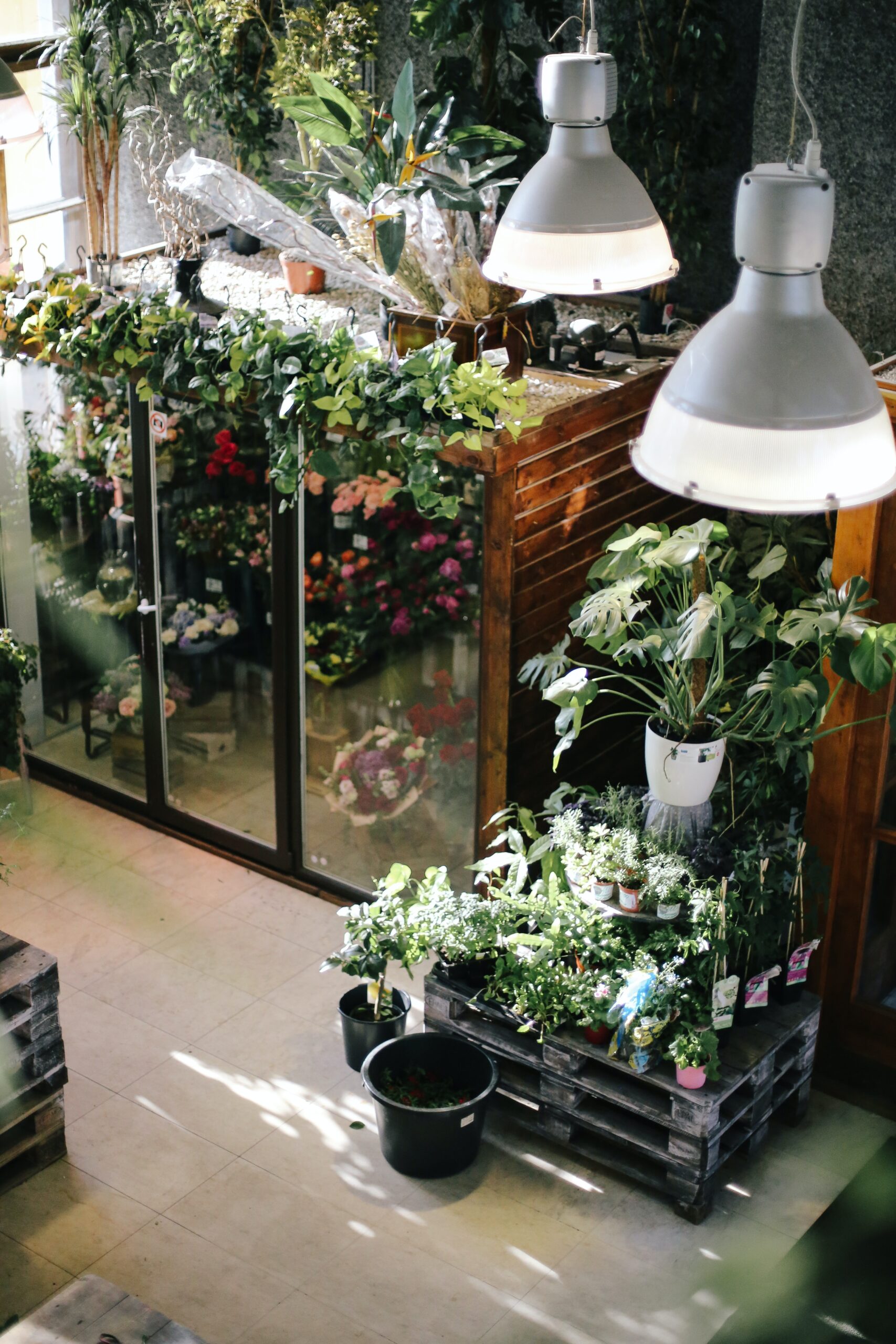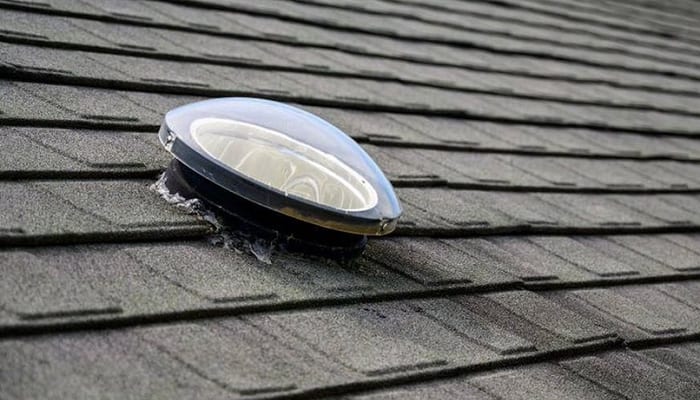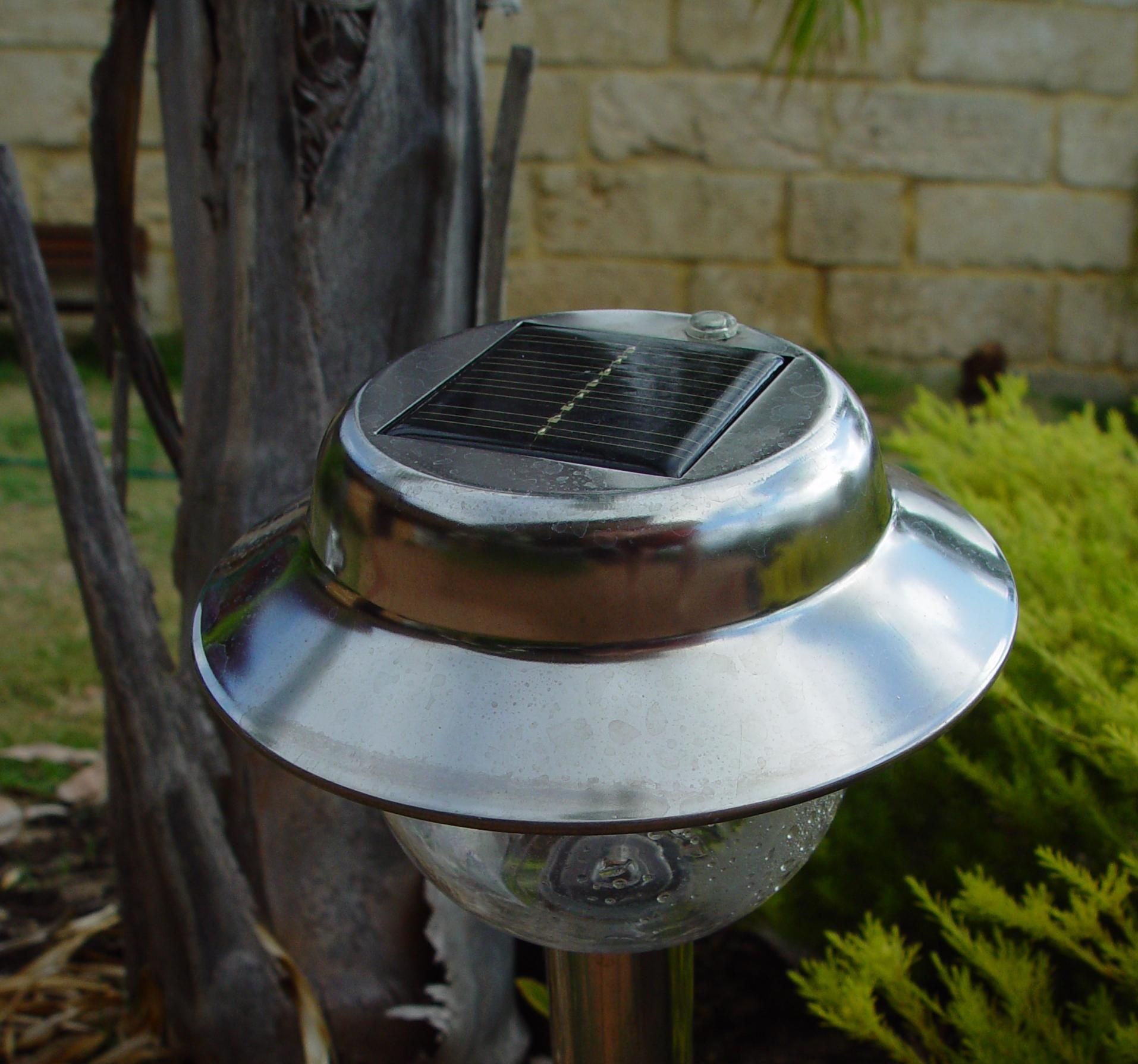Grow lights are an essential part of any indoor growing setup. If you’re keen on keeping the environment green and saving money, solar powered grow lights are a good option!
Whether you want to grow outdoor plants indoors, keep your crops growing throughout the winter, or get a hydroponic setup going, grow lights are a must.
In this article, I share whether solar powered grow lights are a good choice for indoor setups, explain how they work, and list the advantages and disadvantages of using them.
Solar Powered Grow Lights for Indoor Plants: Yes or No?
More gardeners are turning to indoor planting. With this, the need for lighting setups arise.
Although some plants don’t need full, direct sunlight, they all need some sort of light to photosynthesize. If they don’t, they’ll simply die.
This is where artificial grow lights enter the chat. These typically consist of a LED panel that shines on your plants as you need them.
When you use these lights, plants think they’re getting natural sunlight. This makes them photosynthesize and grow as normal.
The question now remains: should you use solar energy to power these lights? For me, the answer is a big yes!
Traditional grow lights can up the total of your monthly electric bill. Solar ones will save you a lot of money, which already makes them a better choice. Not only do you save while using them day in and day out, but you get to grow your plants in a way that is better for the environment.
Solar energy doesn’t contribute to pollution and is an eco-friendly way to generate electricity. Plus, using the sun indirectly can have the same benefits as using it directly.

How Solar Powered Grow Lights Work
Solar powered grow lights work no different than traditional electrical grow lights. They use a stream of electricity to power your LED lights, keeping them on.
These lights shine on your plants to mimic the sun. They work with LED bulbs to give you the maximum amount of light. Artificial light is almost as healthy for plants as sunlight.
Your plants need sunlight to photosynthesize. What better way to give it to them if they can’t be outside?
The lights are connected to a solar panel that you mount on your roof. The solar panel has hundreds of PV cells built into it to capture energy from the sun. The captured power is then turned into an electric flow. At this point, the electricity is in the form of a direct current.
From here, the direct current flows to an inverter where it’s changed to an alternate current. Electricity runs from the inverter to your lights so they’ll turn on.
You should also install a battery pack for your grow lights. These batteries will charge during the day and store the excess sunlight your panels harvest. Your grow lights can then run on this stored power during the night or on cloudy days.

The Pros and Cons of Solar Powered Grow Lights
Traditional grow lights have their own pros and cons. If you use solar grow lights, you can expect these:
The Pros of Solar Grow Lights
Electrical Bill: Solar grow lights use no on-grid electricity. This saves a massive amount on your electric bill because sometimes you have to keep the lights on 24/7.
You may not feel this benefit at first, but you could make up the initial cost of the solar panels in just a few years.
Environmentally Friendly: These lights are eco-friendly and offer a greener way to give your plants artificial lighting.
Night Time Usage: It costs nothing to use solar panels throughout the day and night. The energy generated is free, and you can use it without feeling guilty or stressed. If you have a good battery pack, you can keep your lights on overnight!
Grow During Winter: You don’t have to worry about frost and harsh winter temperatures damaging your plants when you use solar grow lights. These allow you to give your plants light throughout every season indoors!
The Cons of Solar Grow Lights
Amount of Panels: You need a lot of solar panels to run grow lights, especially if you have a large nursery. 250W solar panels can power grow lights that use 1kWh of energy in a single day.
Solar Panel Costs: The initial cost of solar panels and a grow light setup can be a little high. Luckily, after the initial cost, you don’t have to spend anything on the usage.
Bad Weather: Cloudy days can influence the power that your solar panels generate. This isn’t good for your plants as some need 10 hours of direct sunlight per day.
Solar Panels Need A Place: Solar panels take up space on your roof, and if you have a battery system, you’ll need an extra area for this too. If your plants are in a shed or greenhouse, you’ll need to ensure it has a sturdy enough roof to hold your solar panels.
Risk Of Damage: There is always the chance that grow lights can burn and dehydrate your plants, especially if you have many of them.
This can be true for traditional and solar powered grow lights. To prevent this, you should ensure to water your plants regularly.
The Verdict
Solar and traditional grow lights aren’t that different. The only real difference is their power source!
Grow lights can be expensive to keep on. Some plants require more than 10 hours of daily sunlight, and these costs can quickly up your monthly electricity bill. Besides this, most on-grid power is generated in harmful manners. With solar grow lights, you’ll save money and contribute to a cleaner environment.
You can buy solar grow light kits or connect your standard lighting setup to your solar-powered grid.
I hope this article was informative and fun to read! If you have any questions or comments, leave them below!



